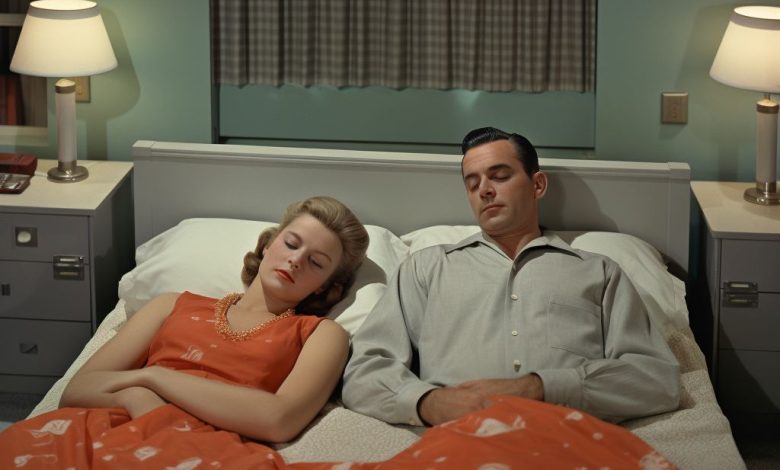
Good Night’s Rest: Practical Considerations
Let’s face it, not everyone sleeps the same way. Snoring, different sleep schedules, and varying restlessness can disrupt a partner’s sleep. Separate beds offered a practical solution, ensuring better sleep quality for both partners. After all, a well-rested spouse makes for a happier relationship!
The Victorian Influence: Separate Spheres and Gender Roles
The Victorian era, known for its strict moral codes, further ingrained the concept of separate sleep. The emphasis on “separate spheres” for men and women – men working outside the home and women managing domestic duties – extended to the bedroom. Sleeping apart mirrored these gender roles, reinforcing the idea of distinct spaces for men and women.
The Winds of Change: Modernity and Shifting Attitudes
The 20th century saw a dramatic shift in societal norms. The rise of the women’s liberation movement and changing views on intimacy led to a decline in the practice of separate beds. Marriage became more about emotional connection and companionship, and rigid gender roles relaxed. Couples prioritized shared experiences, including sleep.
From Duty to Desire: The Modern Take on Sleep
Today, married couples have a much wider range of sleep arrangements. Some prioritize intimacy with a shared bed, while others opt for separate beds or bedrooms to optimize sleep quality. There’s a growing recognition that a happy marriage can coexist with different sleep preferences.
Understanding the historical reasons behind separate beds offers a fascinating glimpse into how marriage and societal norms have evolved. Whether you choose to cuddle close or maintain a sleep sanctuary, a good night’s rest is essential for any relationship to thrive.